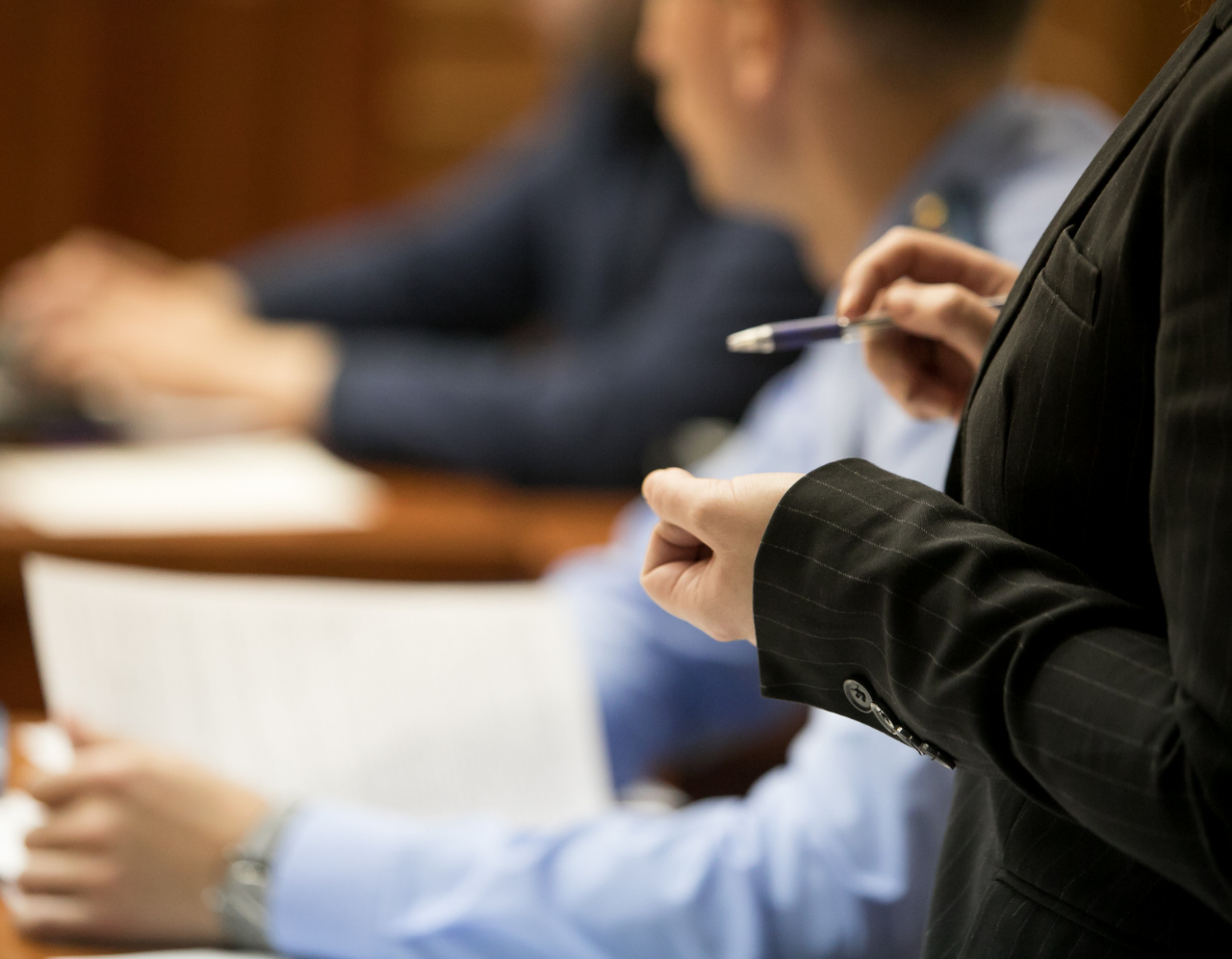Boost Your Legal Exercise With Innovative Trial Presentations: Ideal Practices and Guidance
Navigating the Intricacies of Trial Presentations: Tips for Seamless Shipment and Engaging Debates
In the realm of legal proceedings, the art of trial presentation stands as an essential determinant of success. The complexities inherent in trial presentations require a fragile equilibrium of approach, ability, and skill.

Comprehending Test Purposes
To properly navigate a trial, it is crucial to have a clear understanding of the purposes that require to be attained. Prior to entering the courtroom, legal teams have to specify their objectives and wanted outcomes. These goals offer as assisting concepts throughout the test, forming approaches and affecting decision-making procedures.
Recognizing test purposes entails a thorough analysis of the situation, lawful precedents, and the client's benefits. Trial Presentations. It needs a careful assessment of the truths, determining essential issues, and anticipating prospective difficulties. By setting measurable and details objectives, lawyers can tailor their arguments and presentations to line up with the desired results
Furthermore, a clear grasp of test purposes allows legal groups to focus on evidence, witnesses, and legal debates successfully. It enables the development of a coherent story that resonates with the discretionary, enhancing the overall instance presentation.

Organizing Proof Effectively
Having a clear understanding of test purposes lays the structure for organizing evidence properly in lawful procedures - Trial Presentations. By aligning the discussion of proof with the desired outcomes of the test, legal teams can enhance their arguments and boost their persuasiveness. One vital element of organizing proof is categorization. Organizing proof based on motifs or significance to specific lawful elements can aid simplify the presentation and make intricate info more absorbable for the judge or court.
An additional key element in arranging evidence successfully is establishing a rational circulation. Providing proof in a coherent and consecutive fashion can help develop a compelling story that supports the lawful debates being made. Furthermore, making use of aesthetic aids such as charts, charts, or timelines can additionally boost the organization of evidence and help in making clear complex connections or series of occasions.
In addition, ensuring that all evidence provided is permissible and pertinent to the situation is crucial. Inadmissible or unimportant proof can take away from the toughness of the debate and possibly damage the reliability of the providing event. Consequently, a meticulous review and selection process ought to be carried out to include only the most impactful and lawfully sound proof in the trial presentation.
Crafting Influential Stories
Crafting compelling stories plays an essential function in offering influential debates during legal procedures. When constructing a story for a trial discussion, it is important to develop a clear storyline that highlights vital factors and links them in a systematic way. By weaving with each other evidence, testament, and legal disagreements right into a cohesive and influential story, legal specialists can effectively support for their clients and raise the possibility of a desirable outcome in the court.
Understanding Visual Aids
Efficient use visual aids is crucial to boosting the impact and clearness of test presentations. Aesthetic help, when utilized tactically, have the power to streamline intricate information, strengthen bottom lines, and leave a lasting impression on the discretionary. To understand aesthetic help in test presentations, it is essential to make sure that they are clear, succinct, and pertinent to the debates being made.
When incorporating visual aids, such as charts, timelines, photographs, or graphs, into a trial presentation, it is important to keep them visually appealing yet professional. The visuals ought to complement the verbal arguments, supplying an aesthetic depiction of the info being gone over without overwhelming the audience with unnecessary details.
Moreover, experimenting the aesthetic help official source ahead of time is essential to ensure a smooth distribution throughout the test. Acquainting oneself with the web content, changes, and timings of each aesthetic aid can help maintain the circulation of the discussion and stop technical glitches that might develop.
Providing Impactful Closing Arguments
An engaging closing argument offers as the culmination of a trial discussion, enveloping the core published here narrative and convincing the court and jury in the direction of a favorable choice. Begin by outlining the primary debates that support your customer's setting, stressing why the evidence provided throughout the test supports your narrative.
Furthermore, including psychological allure can further strengthen your closing argument. Eventually, a well-crafted closing disagreement must leave a long-term impact, engaging the court and court to rule in your customer's support.
Conclusion
Finally, mastering trial presentations involves understanding objectives, arranging proof, crafting stories, making use of aesthetic aids, and providing impactful closing arguments. By executing these techniques properly, legal representatives can offer their situation effortlessly and make compelling arguments in the courtroom. It is essential to navigate the intricacies of test presentations with precision and ability to accomplish success in legal proceedings.
By straightening the presentation of proof with the wanted results of the trial, lawful groups can enhance their arguments and improve their persuasiveness (Trial Presentations). To understand aesthetic aids in test discussions, it is critical to make sure that they are clear, concise, and pertinent to the debates being made
A compelling closing argument offers as the conclusion of a test discussion, encapsulating the core story and convincing the judge and court in the direction of a beneficial choice. Begin by detailing the primary debates that support your customer's setting, emphasizing why the proof presented directory throughout the test supports your story.In conclusion, grasping test presentations entails comprehending purposes, arranging proof, crafting narratives, making use of visual help, and delivering impactful closing disagreements.